News that our chief justice has been sitting in the Royal Courts of Justice would not ordinarily spark Obiter’s interest, but via Obiter’s friend Joshua Rozenberg, we understand Baroness Carr has had trouble ‘sitting still’. Carr has been sitting for portrait painter Keith Breedon. The result, which will hang in Inner Temple’s hall, was unveiled this week.
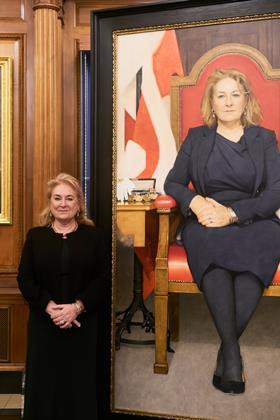
Symbolism is important in portraiture, and this is no exception, including a volume of law reports from the year Carr was born. Her robes are draped informally over a nonetheless imposing chair.
What else? The eyes don’t so much follow one around the room, and fix you very directly with their gaze.
In portraiture, it is traditionally the gaze of the sitter that holds and interests the viewer. A perpetual stare, like Carr’s, is used to make the viewer question who is observing whom – perhaps a suitable assertion of authority for a judge.
A sample of past lord chief justices confirms the direct gaze as popular. Nicholas Hyde (painted 1627, artist unknown) looks straight at us. So does John Saint-Hellier Lander’s 1924 portrait of Gordon Hewart.
But not all past chief justices have been painted thus. Hans Holbein’s 1527 painting of Sir Thomas More has him observing something off to our right. Sir Thomas Lawrence has his subject Edward Law (painted 1802) gazing firmly off canvas. This can convey the sitter as contemplative, or imply that we are viewing or intruding on an intimate moment.
What else? This was a big commission for Breedon, whose past portraits of vice chancellors and the luminaries of science and medicine, have been half the size of Carr. Her portrait will replace those of two men.

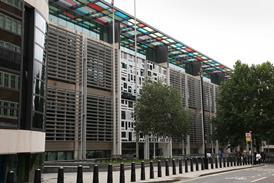
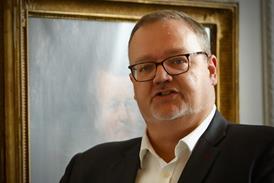
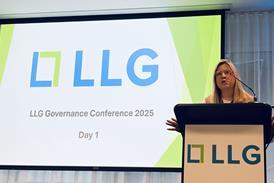
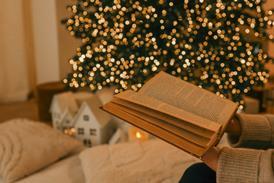

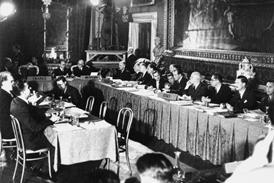
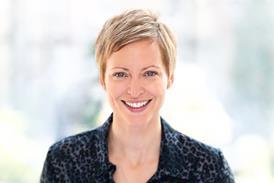
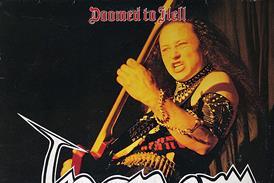
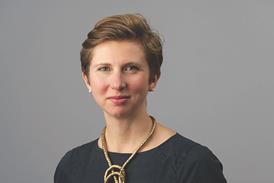

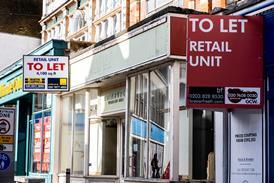






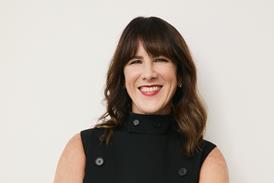

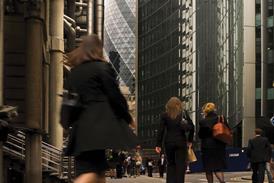






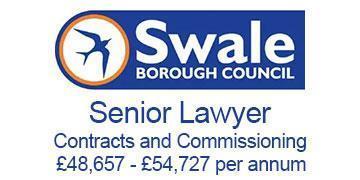




No comments yet